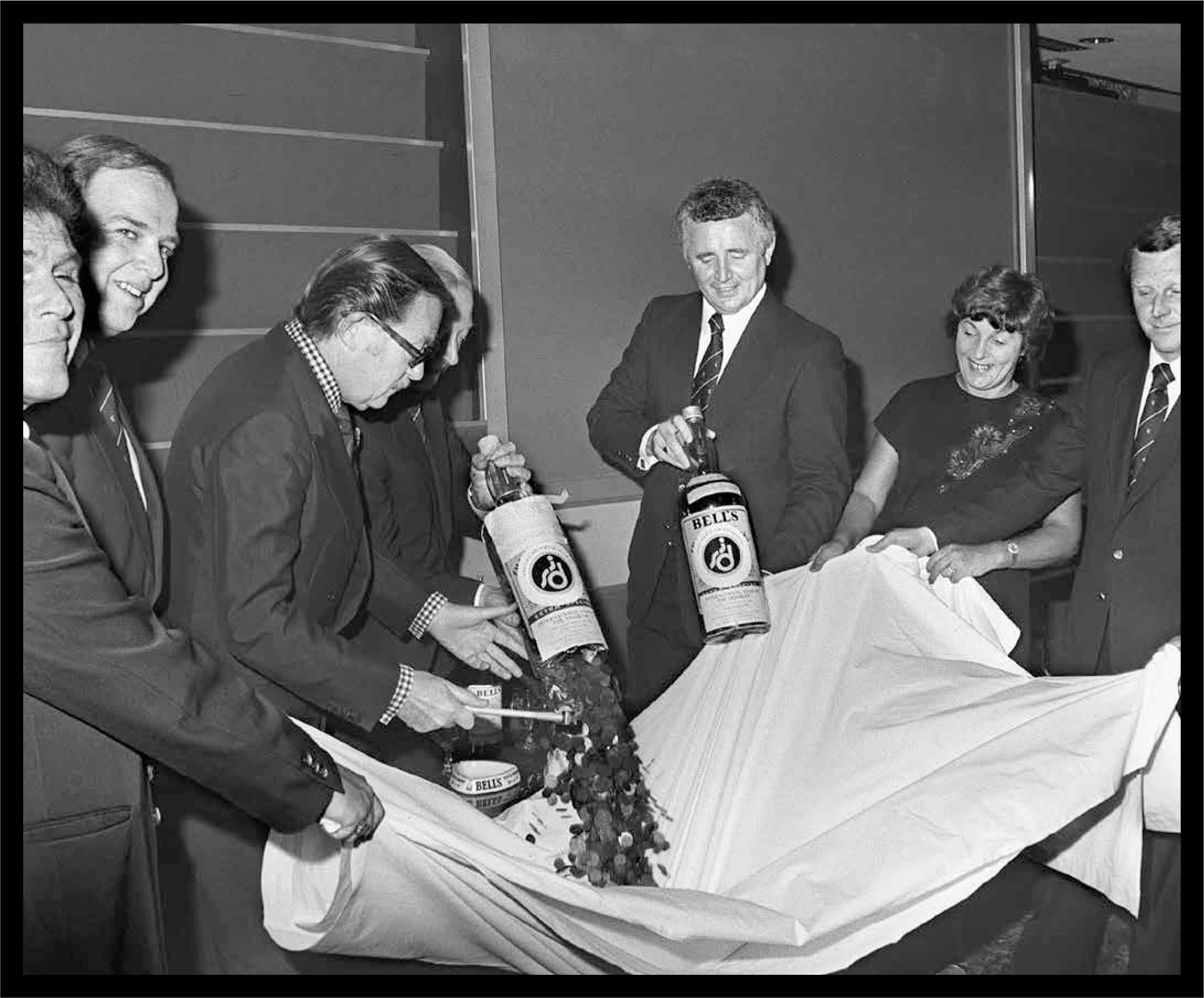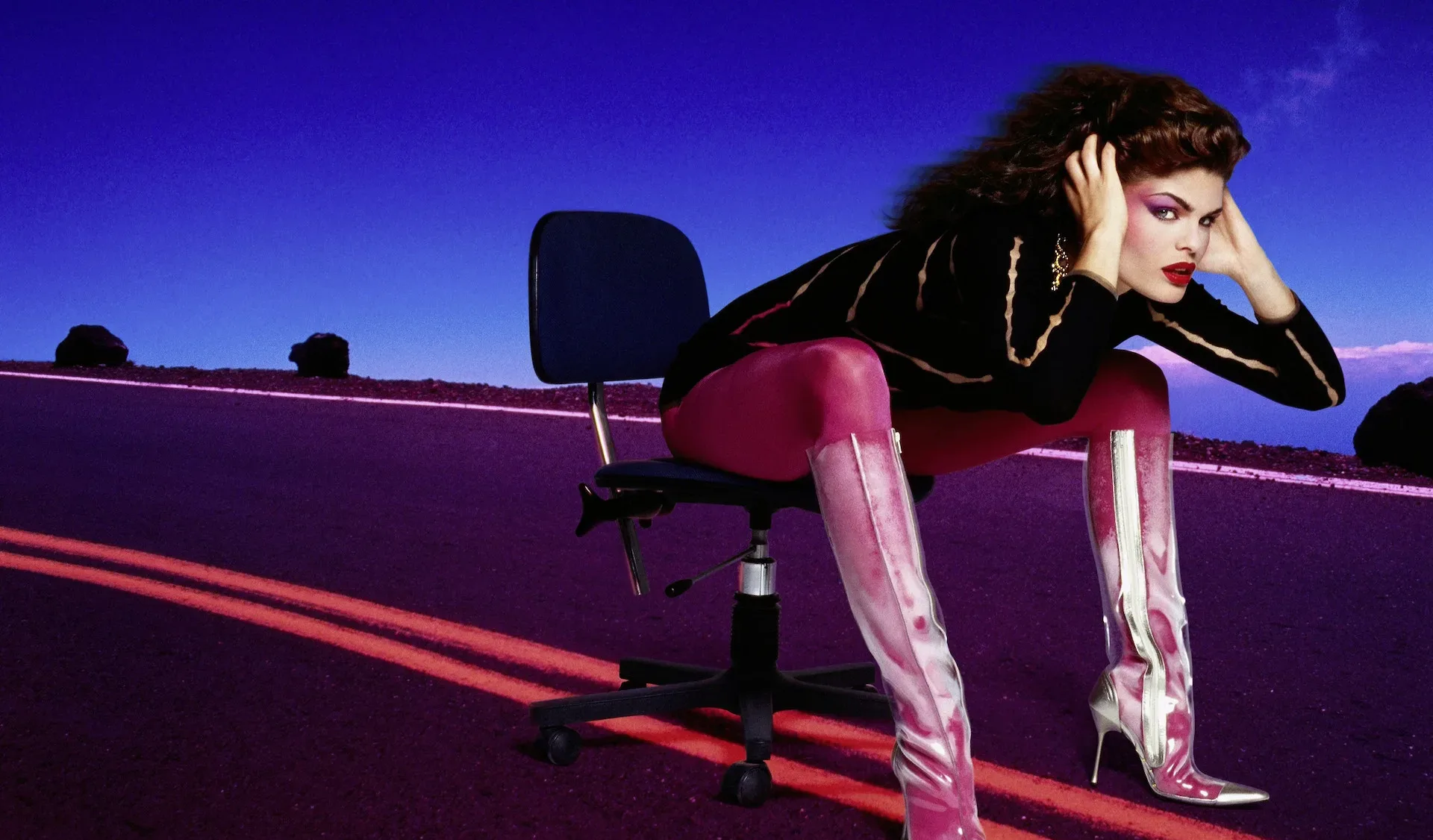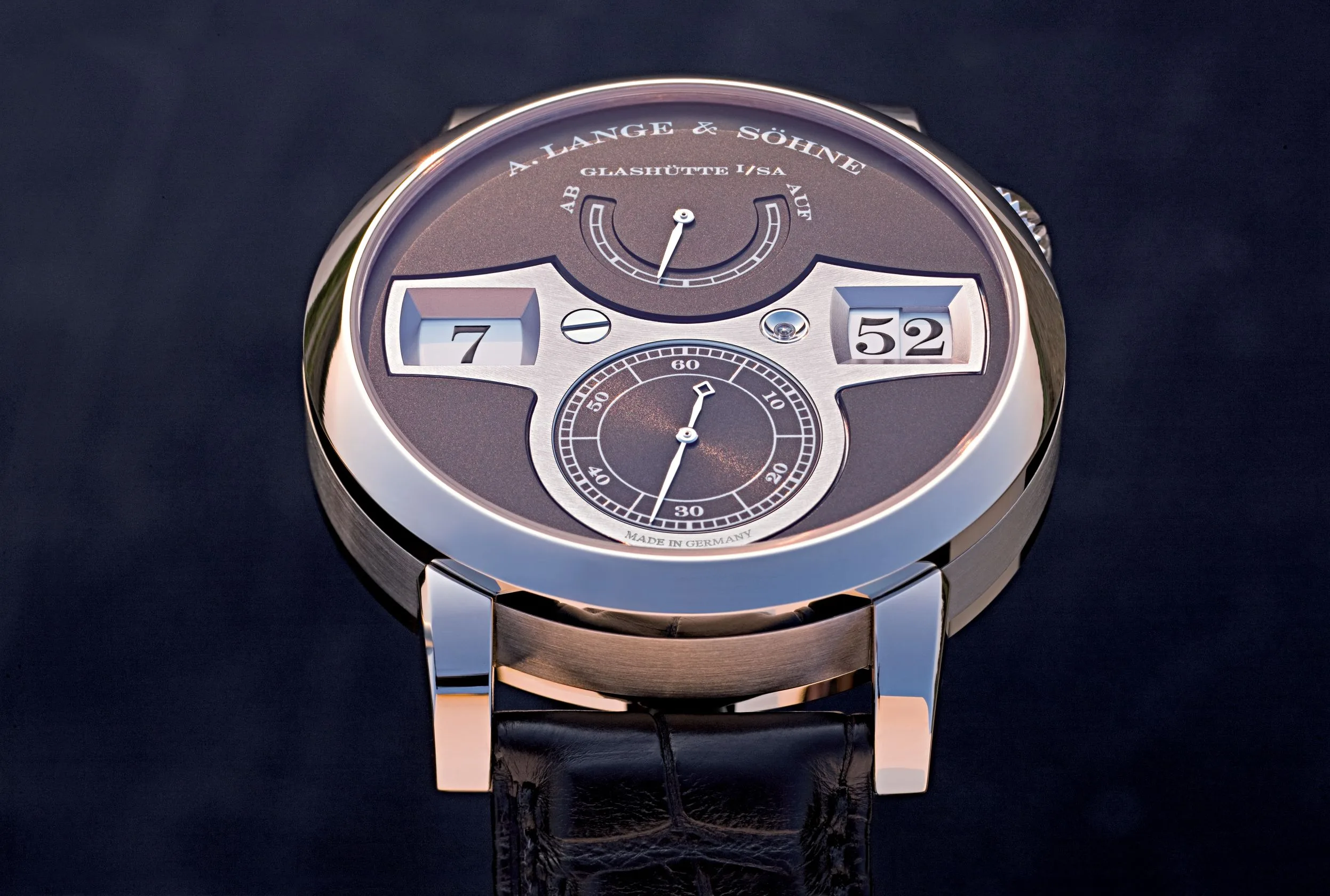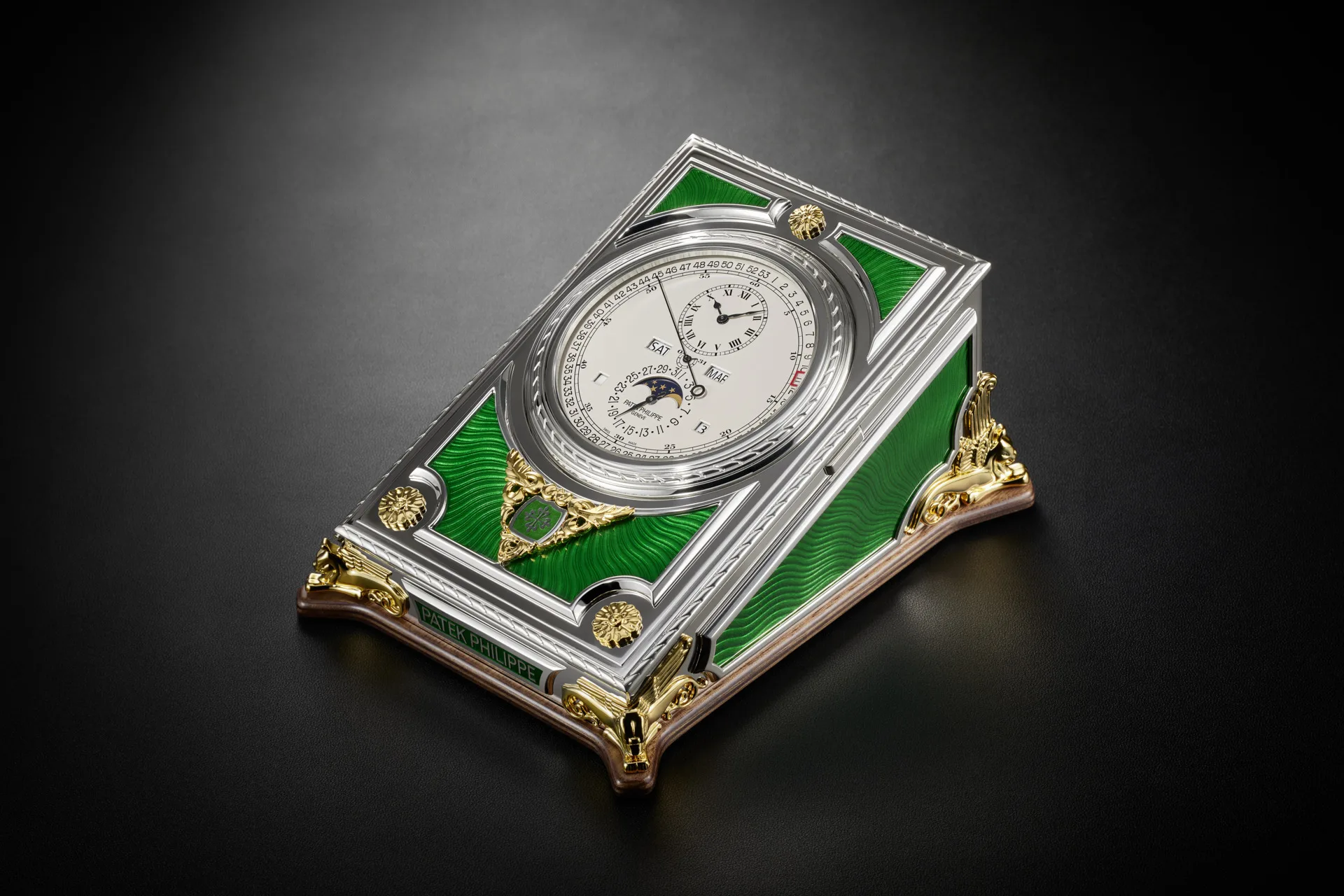Fifty years on from his award-winning documentary Black Sheep,
Simon de Burton profiles the inimitable Alan Whicker.
It takes guts to sit in front of a dictator, judged by many to be the most evil man on the planet, and point out the dichotomy between his role as a doctor of medicine and the fact that he was responsible for ordering the deaths of an estimated 30,000 of his island’s citizens.
But, when it came to asking all the wrong questions, no man could get away with it more easily than the ice-cool journalist Alan Whicker, whose affable manner, effortless charm and impeccable tailoring were the only weapons he needed in order to disarm characters such as the murderous Papa Doc Duvallier, Haiti’s infamous ‘president for life’ about whom Whicker made his award-winning documentary ‘Black Sheep.’
That was exactly 50 years ago, since when few television reporters have come close to matching Whicker’s ability to bring the more remarkable aspects of the world and some of its most interesting characters right into the living rooms of the far less travelled and much more average. That said, he enjoyed a substantial head start on today’s makers of fly-on-the-wall documentaries such as Louis Theroux and Stacey Dooley by dint of the fact that, when the first, short ‘Whicker’s World’ was broadcast in 1958, the concept of the package holiday was only just getting off the ground. Democratised air travel was years away and the ‘virtual reality’ of the internet was beyond anyone’s imagination.

As a result, the majority of Whicker’s UK viewers had never left the country, meaning they were more than ready to travel the world vicariously, with him as their decidedly articulate tour guide whose colourful, lilting descriptions were delivered with impeccable timing, subtle satire and an exquisite appreciation of irony (in fact, I can almost hear him speaking that very sentence). From quizzing John Paul Getty for the first, in-depth ‘Whicker’s World’ in 1963 – ‘The Solitary Billionaire,’ in which the subject admits to wishing he had a ‘better personality’ and justifies installing a pay phone in his Surrey mansion for the use of house guests, despite his $4 billion fortune – to meeting John and Eleanor Alliston, who, for 38 years, had lived alone on the remote Three Hummock Island off the north coast of Tasmania, Whicker never changed his easy style, yet managed to adapt perfectly to every situation.
Who else, one wonders, could have persuaded the enclosed and silent order of Poor Clare nuns to be caught on camera playing football in their habits? Or created an entirely compelling film about the three-mile long Polynesian island of Nauru that became the richest republic in the world by selling the phosphate dust that covered it – and staged regular ‘bubutsi’ days during which inhabitants were allowed to enter fellow islanders’ homes and help themselves to any object they fancied? Whicker visited them all, always arriving as a model of sartorial elegance in a perfectly cut suit or gilt-buttoned blazer, teamed with just the right accessories, shirt cuffs protruding the regulation inch beyond the sleeves of his jacket, moustache neatly trimmed, hair brilliantined into abeyance and blue eyes glinting from behind the generous lenses of his trademark, horn-rimmed spectacles.
When conditions really demanded it – such as while interviewing the self-proclaimed ‘world’s best writer’ Harold Robbins aboard his yacht in the south of France – Whicker would don suitably casual linens and sometimes even shorts. Otherwise, he saw no reason to abandon his trademark Doug Hayward two-piece, even when mingling with the hippies in San Francisco during the ‘summer of love’ or meeting English ex-pats who had made new lives for themselves in Australia after taking advantage of the so-called ‘£10 Poms’ assisted migration scheme.
Rarely, of course, was Whicker lost for words – although his propensity to flirt with attractive women interviewees almost caught him out during his second full-length documentary, about Baroness Fiona Thyssen.
“Have you run out of things to ask me?” said the ‘Model Millionairess’ as she tried on some of her fabulously valuable jewellery for the benefit of a clearly mesmerised Whicker. “No,” he replied after a brief hiatus. “I’m just having such a nice time…”
Indeed, ‘nice times’ seemed to make up the bulk of Whicker’s professional life, after he found his niche, while serving with the Eighth Army’s Film and Photo unit during WWII. He made his military mark by interviewing Field Marshal Montgomery, arresting the fascist traitor John Amery and, after being among the first allied soldiers to enter Milan, single-handedly taking into cus- tody a German general and his entire unit – seconding a trunk-full of cash set-aside for the SS payroll in the process.
After the war, Whicker edited the Army newspaper ‘Union Jack’ in Venice before returning to England to work for the Exchange Telegraph news agency that sent him on assignment, first to Cairo and then to report on the Korean War – where he is said to have irritated the bedraggled American correspondents with his insistence on maintaining a daily shaving routine and donning crimson pyjamas at bed time. While in Korea, he was mistakenly reported killed after an aircraft identical to the one in which he had been travelling was shot down – a misapprehension he soon corrected in typical Whicker style with a three-word telex that stated simply: ‘Unkilled, uninjured, on-pressing’.
In 1957, having returned to regular civilian life in London, Whicker joined the television magazine programme, ‘Tonight’ for which he filed his first, peripatetic reports, about unusual people and interesting subjects, that were to form the basis for the longer documentaries that soon made him a household name. By 1982, he was able to produce a programme called ‘Whicker’s World – The First Million Miles’ having circumnavigated the globe an estimated 97 times.

Paradoxically, however, Whicker had by then been settled on the tiny Channel island of Jersey for more than a decade, a place he moved to with his long-standing companion, the photographer Valerie Kleeman, after contracting ‘island-itis’ (his word for a love of island life) during his first visit to Norfolk Island in 1960. His relationship with Kleeman was considerably more stable than the one he endured with his previous lover, the eccentric socialite Olga Deterding who, having inherited a useful £50 million from her father, petroleum tycoon Sir Henri, could easily have qualified as Whicker’s World subject matter. The couple became engaged and stayed together from 1966 – 69, but a combination of Whicker’s regular absence due to work and Deterding’s personal problems (including eating disorders, an addiction to tranquilisers and suicidal tendencies) drove them apart. For a while, Whicker was the sole beneficiary of her will – but she changed it before choking to death on a nightclub sandwich in 1978.
By then, however, Whicker was more than capable of standing on his own two, financial feet and fitted in seamlessly with the low-key millionaires of Jersey. Wafting around in his beloved ‘dawn blue’ Bentley Continental, he socialised with the great and the good of the island, ranging from its most influential legal and financial professionals to the television cook Fanny Cradock and her brow-beaten husband, Johnnie. Indeed, so successful had Whicker become that he was once been the largest shareholder in Yorkshire Television and was discovered, by means of a poll conducted by advertising agency J. Walter Thompson, to have been ‘the most envied man in Britain’.
Perhaps the ultimate endorsement of his fame came, however, when he was parodied on the comedy show Monty Python’s Flying Circus. The ‘Whicker Island’ sketch featured a tropical paradise inhabited solely by well- dressed Whicker clones, a skit that inspired ‘Whicker conventions’ where lookalikes would gather in his honour. And so familiar was his face that he was recruited to front television commercials for American Express and Barclaycard and, as the Internet age blossomed, AOL appointed him their world-wide travel ambassador – not realising, until they sent an envoy to Jersey to meet him, that he not only didn’t own a computer but had never even tried to use one.
But a lack of modern technology proved no drawback to the veteran broadcaster, who continued to live with Kleeman in their £5m, clifftop home ‘Mont d’Olivet’ until the great man died in July 2013 at the age of 87 – leaving the world that was Whicker’s a noticeably emptier place.

















Show Comments +